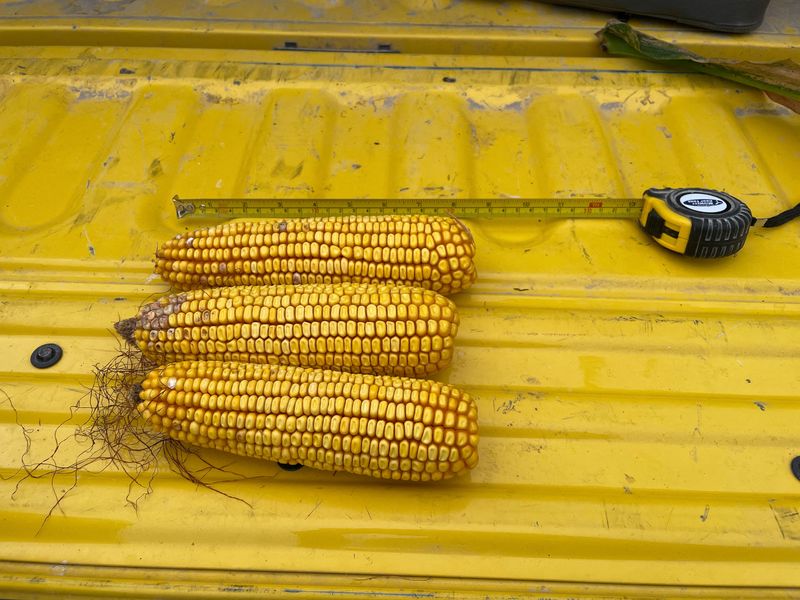February 10, 2025

By Karen Braun
NAPERVILLE, Illinois (Reuters) -“Funds bought corn” is perhaps becoming a broken record for U.S. grain markets, though there are signs that the streak could soon be snapped.
In the week ended February 4, money managers increased their net long position in CBOT corn futures and options to 364,217 contracts from 350,721 a week earlier, establishing their most bullish corn view since April 2022.
That marked funds’ seventh consecutive week as net corn buyers. Such a streak had been observed only one other time (September 2022) within the last four years, though the previous one involved notably fewer contracts.
Money managers’ latest corn net long is below 2010’s record of 429,189 contracts, but they are holding a record number of gross long positions, having slightly surpassed 2010’s high in late January.
It is possible that the February 4 data signaled an impending top in the bullish corn momentum as short covering drove the week’s net buying for the first time in several weeks. Most-active CBOT corn futures on February 5 reached their highest price since October 2023, though they declined 1.4% in the last three sessions.
U.S. corn export demand has not yet shown signs of weakness, and corn-based U.S. ethanol production has recently hit several weekly records. Additionally, a potential trade dispute with top U.S. corn buyer Mexico has been put on hold.
However, parched crops in Argentina got a much-needed shot of rain last week, and farmers in Brazil’s top corn state of Mato Grosso planted corn at a faster-than-normal rate last week, reducing the degree of the delays.
Funds’ bullish corn and bearish wheat views remain unusually out of sync, though the situation did not worsen last week. Money managers in the week ended February 4 slashed their net short in CBOT wheat futures and options by more than 20,000 contracts to 90,442.
As in corn, funds’ wheat move was also the result of short covering. Most-active CBOT wheat futures climbed nearly 6% during the week before adding another 1% over the following three sessions. The contract hit $5.92-1/2 per bushel on Friday, its highest since mid-October.
Traders have been monitoring risky weather for wheat crops in the Black Sea as well as a potentially strong pullback in Russian wheat exports over the next several months.
SOYBEANS AND BEYOND
Most-active CBOT soybeans rose almost 3% in the week ended February 4. Money managers during that week pulled both longs and shorts out of the soybean market, and their net long drifted 533 contracts higher to 57,029 futures and options contracts.
CBOT soybean meal was up 4% that week, corresponding with a slashing of money managers’ net short to 33,460 futures and options contracts from 52,291 a week earlier.
Money managers through February 4 extended their net long in CBOT soybean oil futures and options to an 11-week high of 42,215 contracts, up about 2,500 on the week. Funds had held a soyoil net short of 31,999 contracts as of January 7, though three weeks of heavy short covering followed. They added both longs and shorts in the latest week.
CBOT soybean oil on February 3 hit a three-month high, and soybeans on February 5 notched their highest price since late July. However, soybeans lost more than 2% over the last three sessions.
Briefly, money managers through February 4 pushed their net short in ICE No. 2 cotton futures and options to yet another record, and they were net sellers in CME live cattle futures and options off their record net long from the prior week.
As of Friday, traders were waiting to see if more tariffs were in store with U.S. President Donald Trump saying he may impose reciprocal tariffs on any country currently maintaining tariffs on American goods.

The U.S. Department of Agriculture will release its monthly supply and demand reports on Tuesday, and analysts expect lower production numbers for Argentina and slightly higher ones for Brazil. U.S. demand will also remain under scrutiny.
Karen Braun is a market analyst for Reuters. Views expressed above are her own.